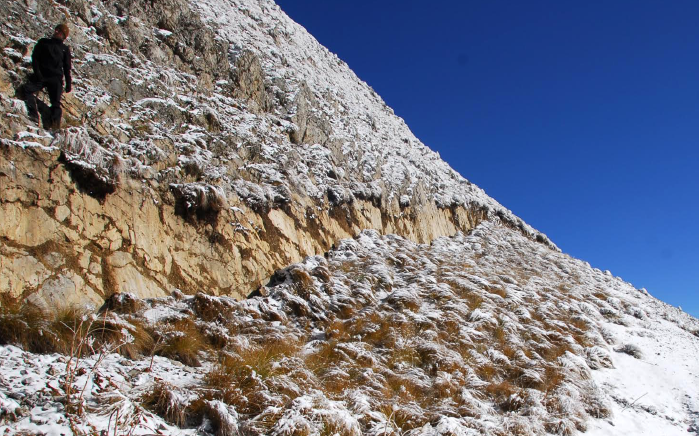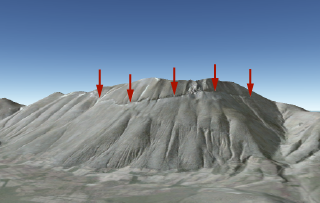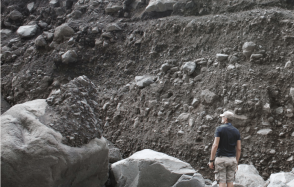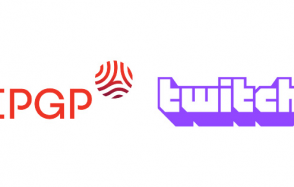IPGP post-seismic interventions in Italy following the Amatrice and Norcia earthquakes
On October 30th, 2016, central Italy was shaken by a magnitude 6.6 earthquake in the Norcia region, a few kilometers north of the epicenter of the magnitude 6.0 Amatrice earthquake of August 24th. This earthquake is one of the strongest reported in Europe in recent decades.

Publication date: 06/12/2016
Press, Research
Related teams :
Tectonics and Mechanics of the Lithosphere
Related themes : Natural Hazards










